Unearth Knowledge With These 15 Archaeology Facts!
Any budding archaeologists in the audience? These are the facts for you! Learn all about the science of archaeology - you might just be surprised!
What do you think of when you hear the word "archaeologist"? A guy with a cool hat and a whip, flying planes and fighting Nazis? Or maybe some people in the 1920s opening a mummy's tomb, and unleashing a terrible curse? Well, it's actually a bit different from that! So, grab your hat and leather jacket (hey, it doesn't hurt to look cool!) and get ready to learn all about one of the most interesting fields of science in the world! We've got loads more facts for you when you're done - learn all about the ocean, electricity, and the Great Fire of London!
1. It's about material culture
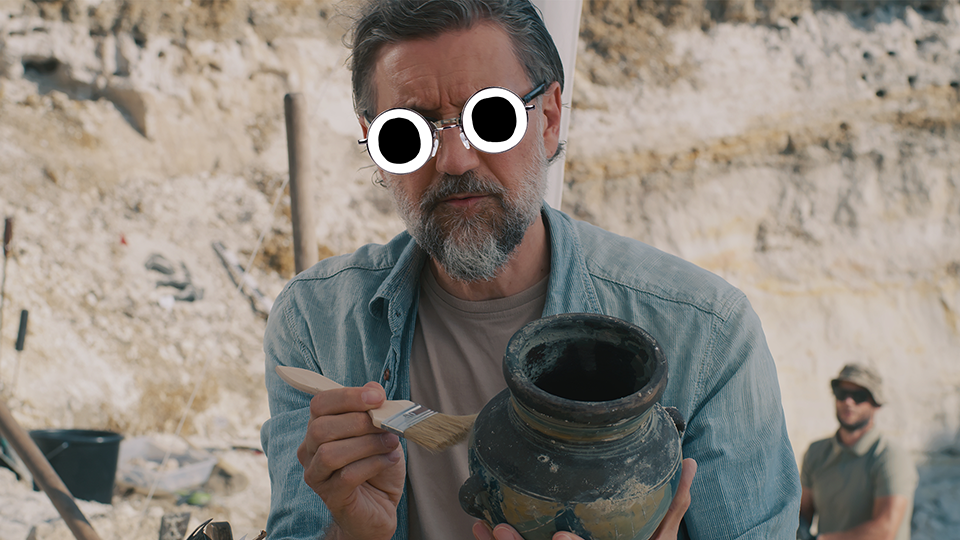
"Archaeology" literally means "the study of ancient history" - but it's about a bit more than that! Archaeologists study human history by examining material culture. Material culture is simply the physical things that humans make and use, so it includes a LOT of things. Cities, buildings, transport, tools, clothing, religious items, manmade landscapes, money, burial sites and even rubbish are all material culture! In fact, that last one is especially important - we've learned a lot about history by examining the rubbish that our ancestors left behind.
2. It's about the site, too!
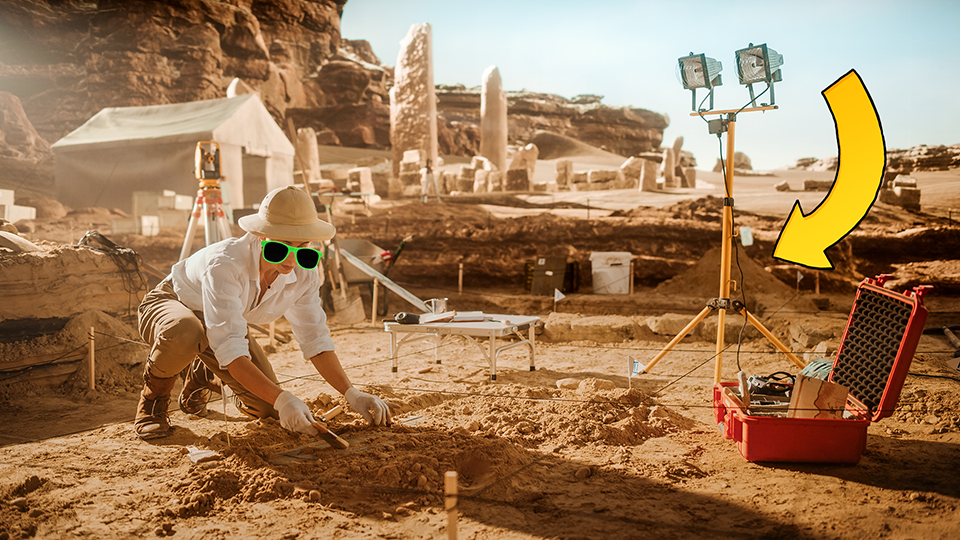
The site where you find the physical items is just as important as the items themselves - sometimes, even more so! This is because the context of the object (where it was found, what position it was in, what else it was with, and so on) tells us a LOT about the culture that made the object. So, if we find an item buried in someone's grave, that tells us straight away that it was important to them, and that it might have religious or spiritual importance to that culture - or, it might be an object they loved very dearly. Archaeologists will spend their time carefully mapping and recording the layout of a site, so they can get as much information as possible from it.
3. It's only about humans
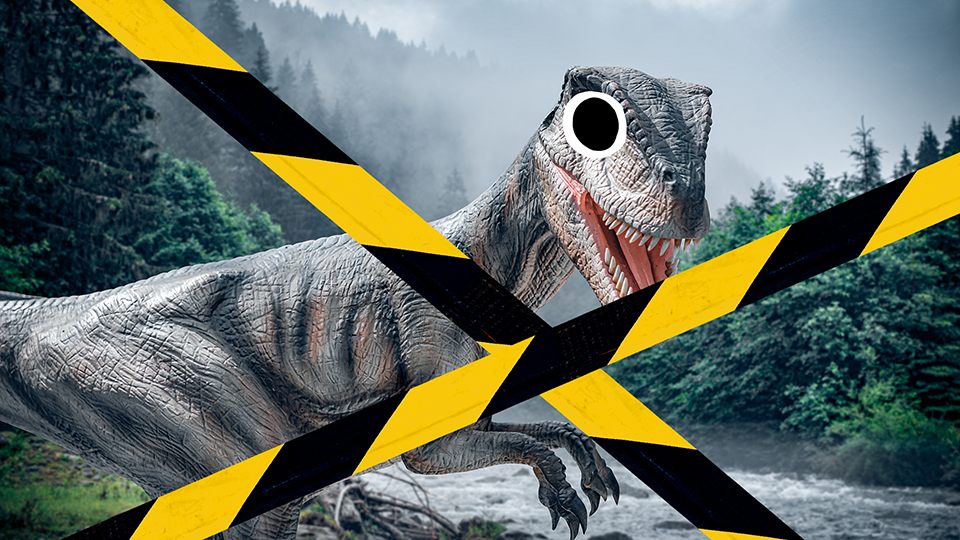
If you think about excavating dinosaur bones when you hear the word "archaeology", then we've got some disappointing news! That's a separate (but related) field of study, called palaentology. Archaeology is all about people and the stuff they leave behind.
4. It's been around longer than you might think
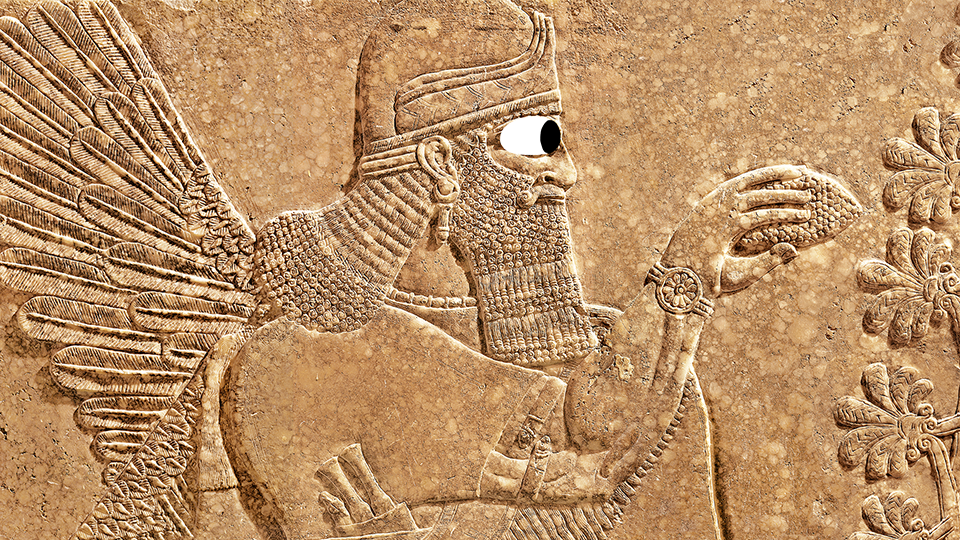
When do you think archaeology first started? Maybe the 1920s, when Howard Carter opened up the tomb of King Tutankhamun? Or the Victorians, with their love of exploring and building museums? The real answer might surprise you! The practice is thought to have started in around 550 BC, when Nabonidus, the last king of the Neo-Babylonian empire, led the first excavations of Anicent Mesopotamia (from around 2200 BC). Nabonidus is often thought of as the first archaeologist! It continued in other old civilisations, like the Song Dysnasty in Imperial China (960–1279 AD) and the European Renaissance (during the 15th and 16th centuries). In the later Enlightenment Period (the 17th and 18th centuries), Europe took a turn towards favouring science, and steps were made to establish archaeology as a science.
5. It's a mixed discipline
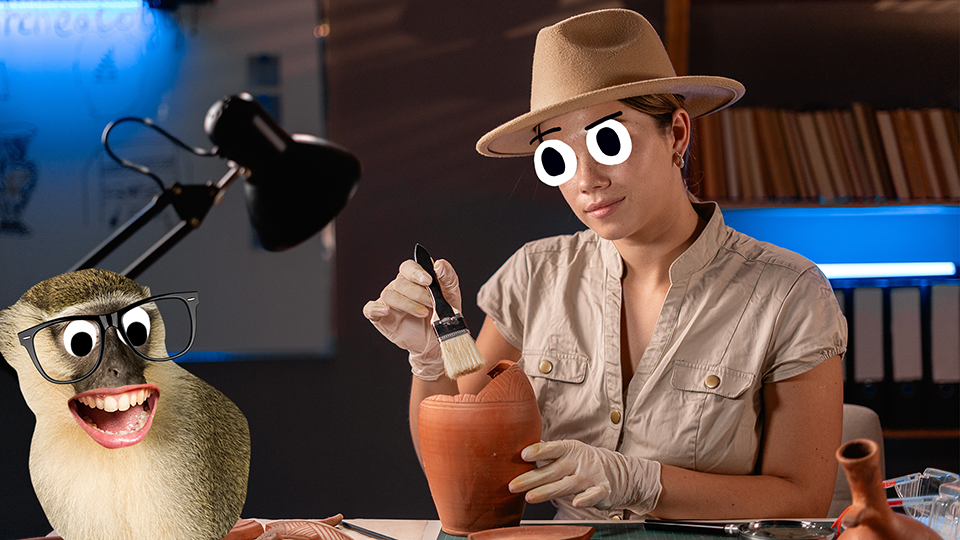
Archaeology is a science. That means that archaeologists must rely on observation and draw conclusions from what they see, and they need to be precise and not bring biases into their work - but archaeology works with other subjects to create interpretations of the sites and objects they uncover. Archaeology is closely related to history, which often relies on written documentation to interpret the past, and also anthropology, which is the field that studies human behaviour and society. Archaeology also uses a lot of different scientific disciplines, like mathematics, botany, physics, geology, meteorology, and more! A good archaeologist is interested in all aspects of science!
6. Technology makes it easier

Technology often makes things easier, and archaeology is no exception! Back in the olden days, the only way to see a buried site was to dig it up, which is interesting, but it can cause damage to the site and potentially even destroy it. Modern technology makes it easier than ever to study a site without damaging it, and without putting any archaeologists in danger. Drones make it easier to look at all of a site from a bird's eye view, which saves time and allows more accurate mapping. We can also use computers to make 3D maps of sites, including sites that would be hard to reach, like shipwrecks!
7. We need archaeology to understand prehistory
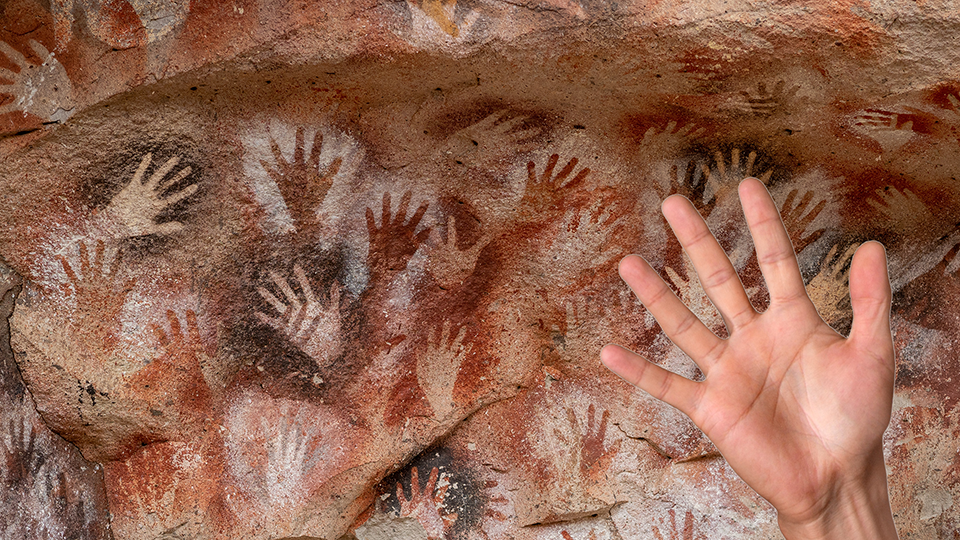
Most ancient societies did not leave behind a lot of written information. In fact, mass-produced texts didn't exist until the 1400s when the printing press was invented. Before that, information was recorded by hand - and as only a few people knew how to read and write, written accounts of history were a lot more limited. If you go back even further, many societies didn't have access to anything that allowed them to record information permanently, and some societies relied entirely on oral traditions (they passed information by speaking, or sometimes singing, rather than writing anything down). That's why archaeology is so important for finding out more about our ancestors. Prehistory (which means the time before written records) makes up more than 99% of all human history. The only way we can learn about those people now is through archaeology!
8. UNESCO preserves a lot of archaeology

UNESCO (United Nations Educational, Scientific and Cultural Organisation) is responsible for promoting world peace by preserving culture. One way they do this is by promoting World Heritage Sites. These are important sites of material culture, and they have natural and manmade sites. The manmade sites are some of the best things humans have ever made or done throughout history, and considered the most important archaeological sites in the whole world! There are important places all over the world, but the country with the most is Italy, with an amazing 58 sites! China is in second place with 56. The UK also has a lot - why not see which one is closest to you?
9. There are a lot of subdivisions
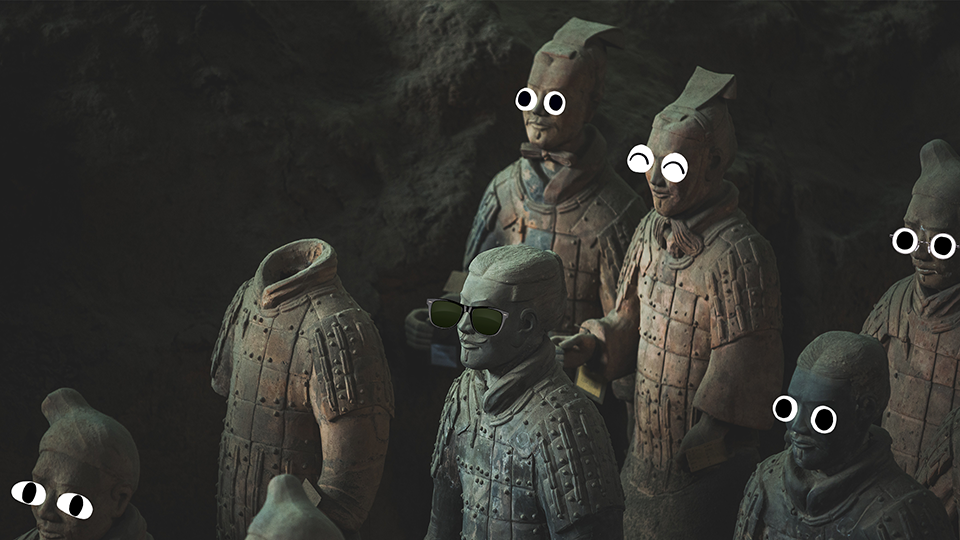
Archaeology isn't just one kind of science - in fact, for a lot of it, you'll need to call in an expert! Some people specialise in different countries and time periods. The list of specialties includes, but is not limited to: classical archaeology, Egyptology, medieval archaeology, post-medieval archaeology, ethnoarchaeology, Biblical archaeology, bioarchaeology - and more! Let's meet a few of the specialties...
10. You can do it underwater!
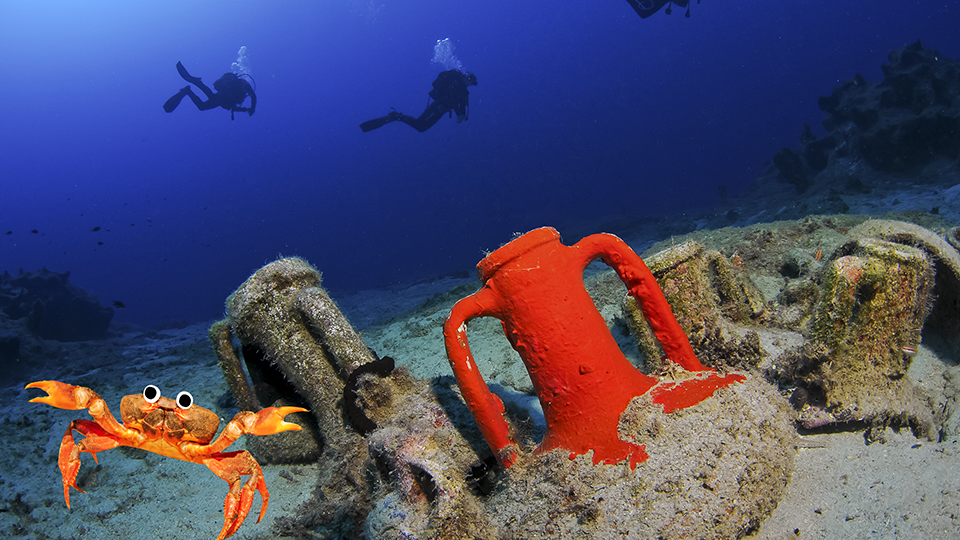
One super cool area of archaeology is underwater archaeology, which is exactly what it sounds like! It can be quite tricky to do, as (of course) we can't breathe underwater, and some sites might be very deep down, where water pressure can be a problem. Technology means it's easier to study underwater objects than ever before. Humans have used oceans and rivers for just about all of history, for travel and trade, so there are a LOT of things left behind. These could be as small as a shoe dropped overboard, or as huge as a shipwreck! One very interesting underwater discovery was made off the coast of Bermuda in 2011, when a dive team investigating a ship sunk in 1864 found some bottles of perfume. One bottle had managed to keep the seawater out, and a local perfumer was able to recreate the Victorian fragrance!
11. There's newer archaeology, too!
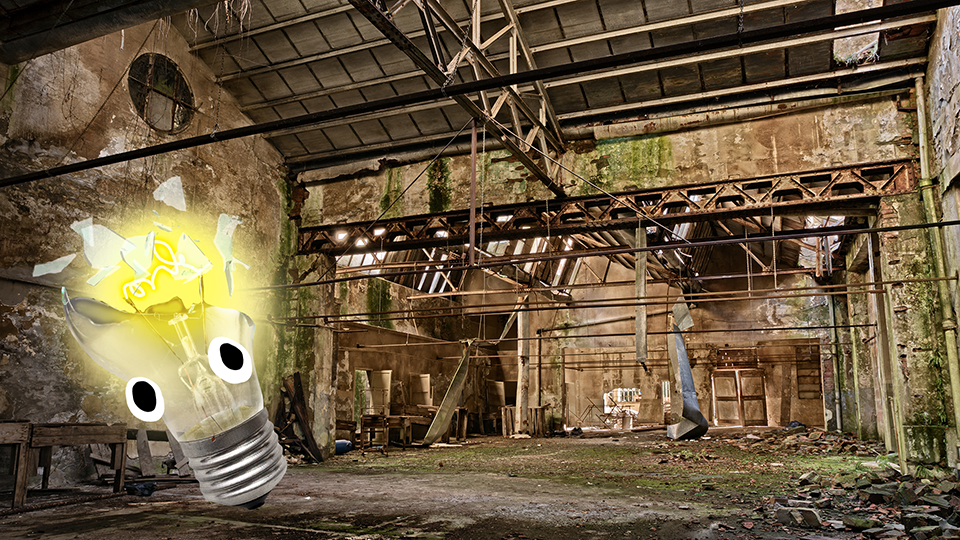
It's not all about learning about the Romans, or the Celts, or the Ancient Egyptians! We can use material culture to learn about ANY period - especially when parts of it haven't been documented very well! Industrial archaeology is the study of the industrial past through archaeology. Even though the Industrial Revolution began in 1760 and ended in 1840, when written records were more common, there is still more to learn from looking at its physical remains. Some manufacturing techniques were not written down, and written records of workers and their lives were less abundant. Lots of industrial buildings were destroyed in the 20th and 21st century, and because they weren't considered interesting or culturally significant, people simply forgot about them - even though they're a big part of our history, too. Industrial sites can also contain the remains of other eras, too! In London, a large industrial area was destroyed to make room for the 2012 Olympics, but some very interesting things were found, including a Bronze Age village, a Cold War civil defence training ground, some lost rivers, a 19th century boat, and a cobbled Victorian street!
12. Archaeology might not be for you if you're squeamish!
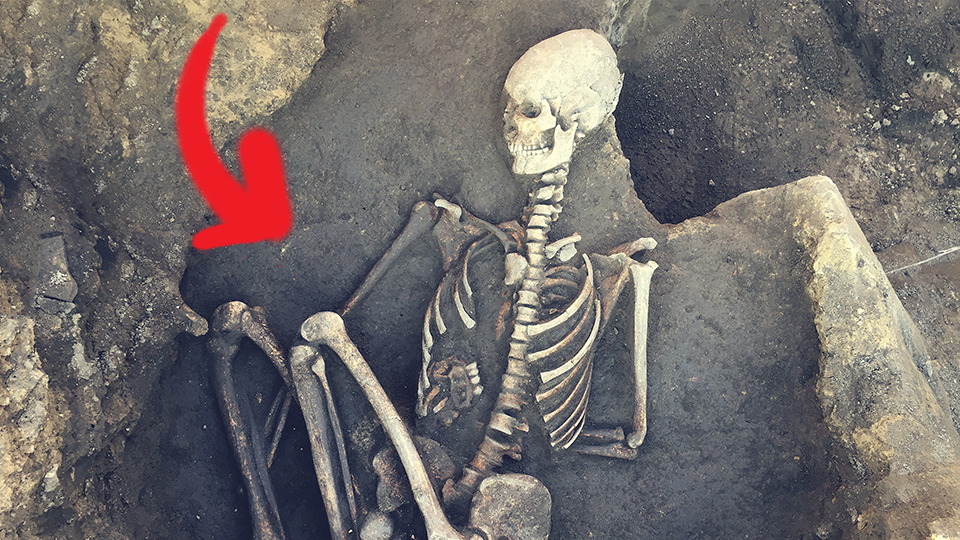
You can learn a huge amount about people by how they buried their dead, and from the human remains themselves. In the older days of archaeology, people would often freely dig up graves with few actual rules. There was a LOT of criticism of this - in many cultures it's considered taboo to disturb a grave, and some people think you shouldn't do it no matter how old the bodies are. It has also, unfortunately, been done by colonial powers to the cultures they are occupying, which is disrespectful and even traumatic to those cultures. Nowadays there are a lot of rules around working with human remains. It depends on where you're working and what you're planning to do, but broadly speaking, archaeologists who plan to dig up burial sites have to submit a lot of paperwork, screen the remains from public view, and take special precautions in case there are diseases still lingering in the soil. It's also more common for cultural representatives of the people being excavated to be involved in the project if possible, which means it's a lot more respectful. Displaying human remains in museums is still VERY controversial - but that's a discussion for another time!
13. Indiana Jones isn't a very good archaeologist!
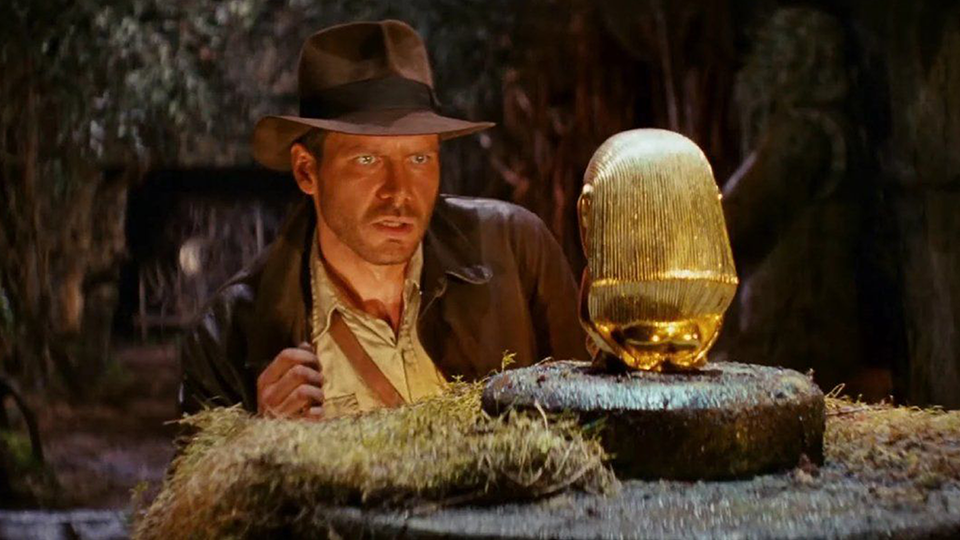
Indiana Jones is the most iconic archaeologist of all time - but he's actually not very good at his job! The first scene of the first film shows him beating a series of booby traps in an ancient temple so he can scoop a golden idol - but in reality, any good archaeologist would be WAY more interested in the booby traps! They would reveal a lot about the culture and people that made them. So, a more realistic scene would have Indy screening off the temple, bringing in more archaeologists, and spending several months carefully recording every inch of the building. He rarely records the areas where he finds things, and he also damages several ancient sites. Furthermore, he is shown taking artefacts that belong to other cultures, which is generally considered VERY bad practice. So, why is he like this? You could say he's a product of his time, as his methods might be a lot less controversial in the 1930s. But the real reason is because the films wouldn't be very interesting if they were just two hours of Indy writing things down!
14. Sometimes, archaeologists find mysteries to solve
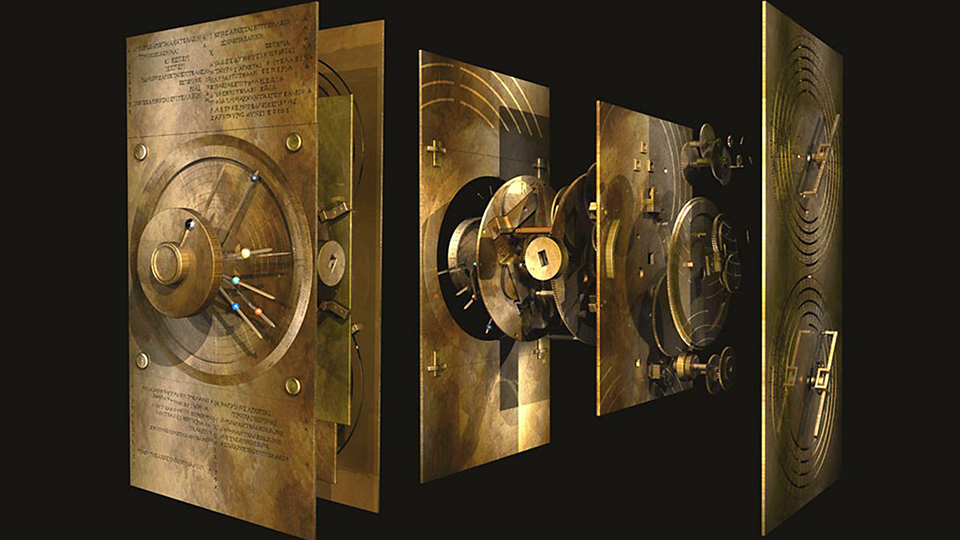
Sometimes, archaeologists stumble across something they just can't explain... so when they finally figure it out, it's even more interesting! There are way too many to list here, but one of the most famous is the Antikythera mechanism, previously known as one of the greatest mysteries of the Ancient Greek world. It's a small bronze device that was found in a shipwreck in 1902. Archaeologists figured out that it was a mechanical device of some sort, but it was some time before it was identified as a (very) early analogue computer. Using gears, the mechanism could predict the movements of the stars, the sun, eclipses, and probably the movements of the planets, too. It would have been used to figure out when the Olympic games would be held! It took a while to figure out what the device was and how it worked, and in that time a lot of legends sprung up around it, some of them due to the fact that people didn't believe that ancient civilizations were smart enough to make the device, or know that much about space. And that leads us neatly to our last point...
15. Watch out for fake archaeology!
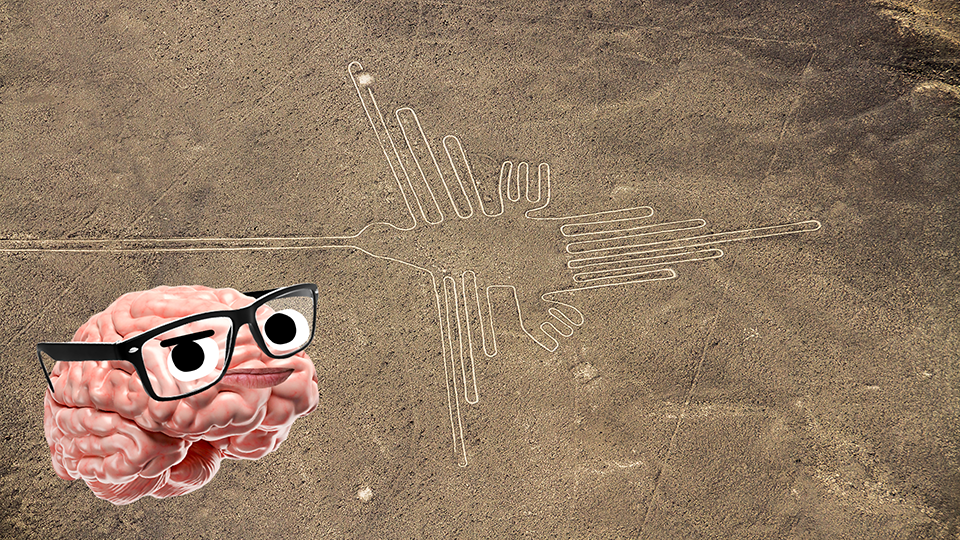
Archaeology is not without controversy. A lot of that revolves around looting and being disrespectful to other cultures, as we briefly mentioned above. Another problem is pseudoarchaeology. "Pseudo" means "fake", and pseudoarchaeology is any archaeology that doesn't use the scientific method properly. Archaeology that violates ethical standards counts, but you'll come across pseudoarchaeology a lot more in the form of conspiracy theories. One of these is the Ancient Astronauts theory, which says that all impressive old structures were actually made by aliens who visited the Earth. There is no evidence of this, and it is harmful because it tells us that other civilizations were too stupid to understand concepts like engineering or physics, which have been studied since ancient times. It also promotes false information and encourages us to distrust experts without good reason. Some pseudoarchaeology is fun to write stories about, like the idea of a mummy's curse, or imagining a lost civilization that disappeared under the sea. But it's also important to base your beliefs in good evidence - not just what sounds cool!















